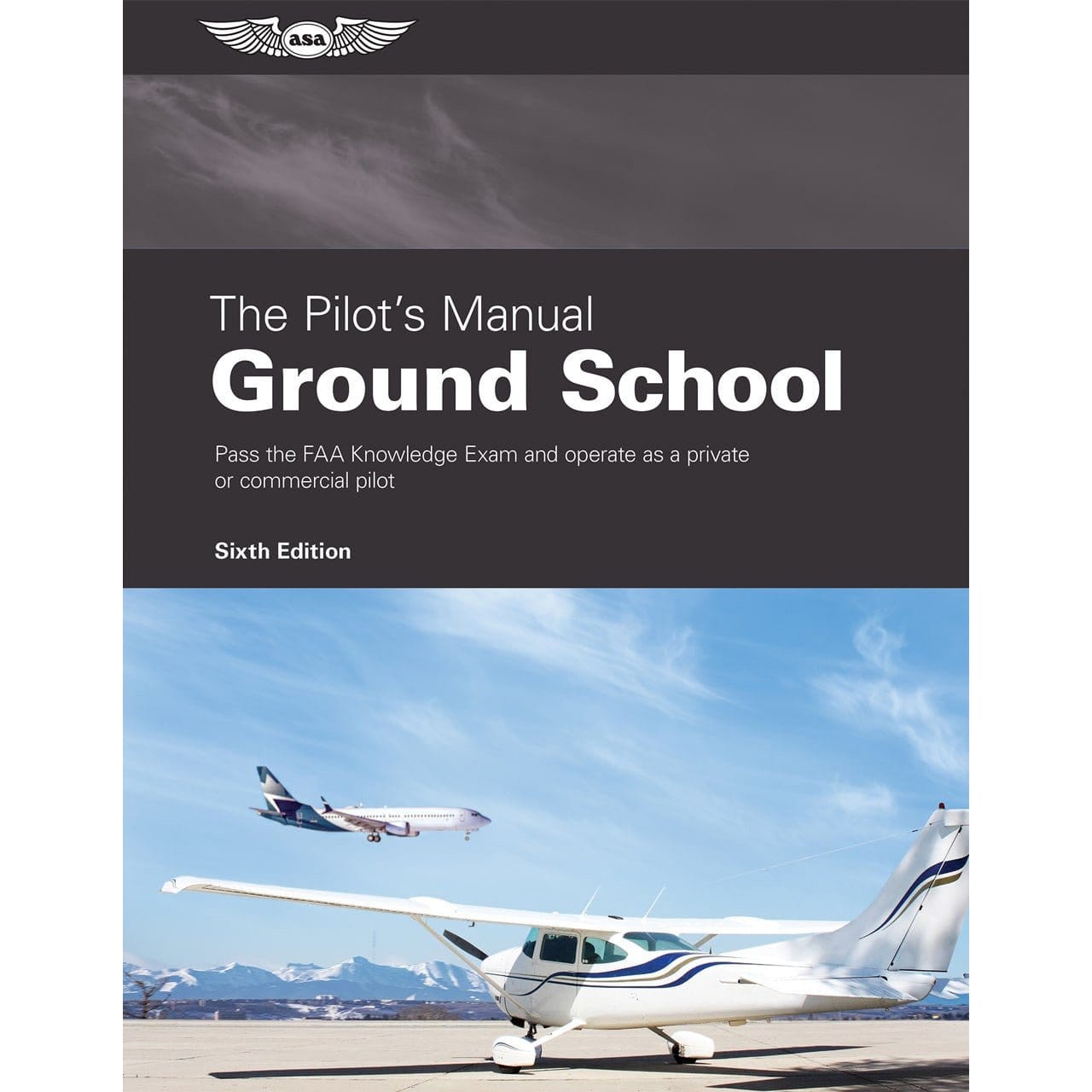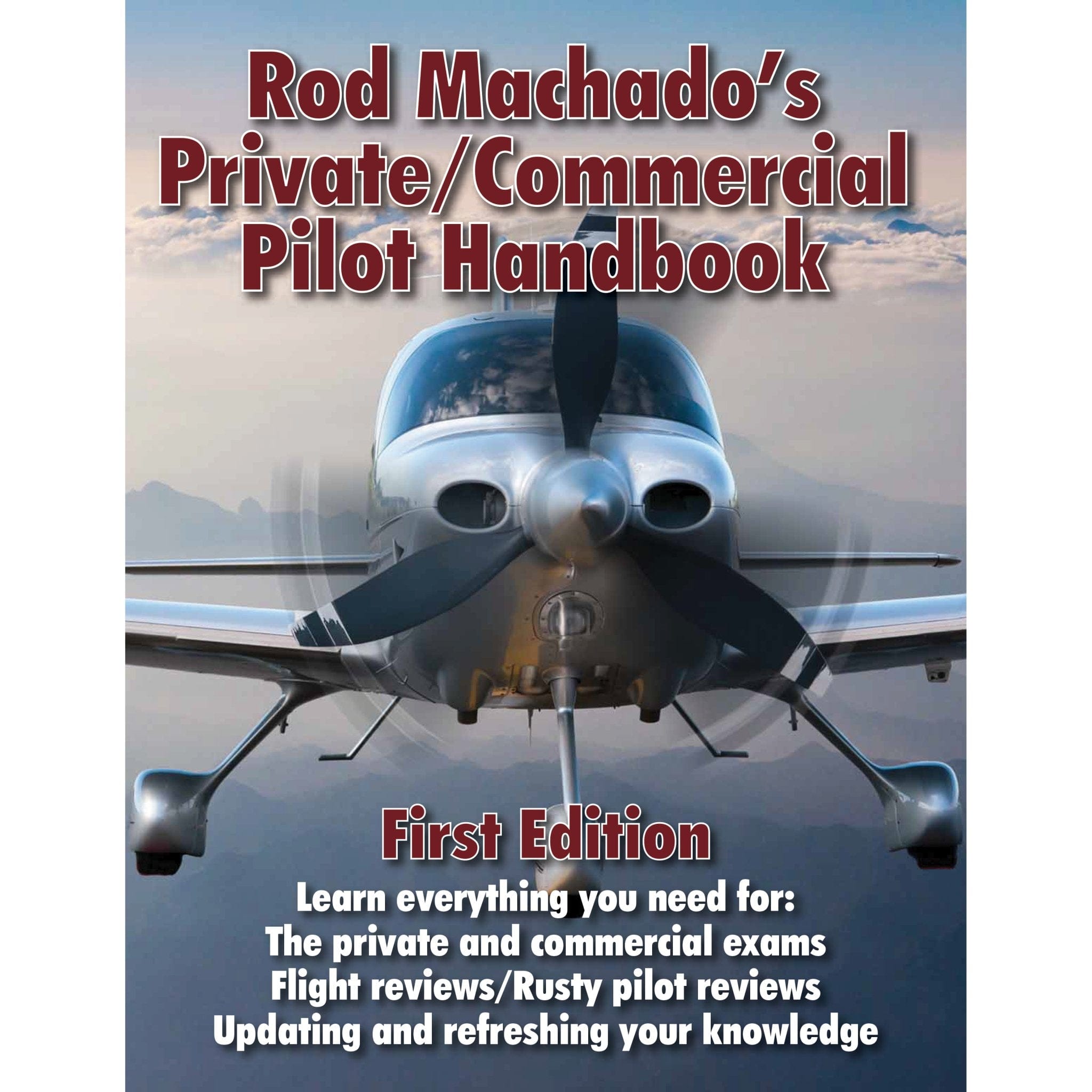As pilots, we often focus on the technical aspects of our job, like testing the engine during the run-up process. We're grateful when everything runs smoothly when we're flying, but perhaps we don't often stop to ponder about the true heart of an aircraft—the engine. That's usually left to the aviation maintenance technicians.
Still, understanding a particular engine type and how it works can greatly benefit a pilot in choosing the right type of aircraft for a specific task in the private sector.
In this guide, we'll take a deep dive into turboprop engines and piston engines, discussing their advantages and disadvantages.
Armed with more knowledge, you can make the best decisions to optimize your craft's performance, operational costs, and overall maximizing efficiency.
So let's dig in!
 Understanding Turboprops
Understanding Turboprops
For those who are unfamiliar, you may be wondering, what are turboprops? Well, turboprops are a type of engine design that combines the elements of both the turbine engine and propeller-driven systems.
The turboprop engine is a staple in the aviation industry and it comes with its fair share of advantages and limits.
How Turboprop Engines Work
We're going to break down how these engines work.
Turboprop engines are a type of gas turbine engine that uses an internal combustion process. The engine intakes air from the front and compresses it in a powerful compressor, raising its pressure and temperature.
Inside the combustion chamber, air under pressure combines with jet fuel. The resulting mixture ignites, creating incredibly hot and pressurized gases. These gases burst forth, spinning a turbine attached to the compressor using a shaft.
As the turbine rotates, it keeps the engine running by providing power to the compressor. This process repeats itself continuously in the engine cycle.
Components of Turboprops
-
Propeller: A large propeller comprised of 3+ blades (usually between 4-6 blades).
-
Combustion Chamber: Where fuel is ignited.
-
Gearbox: Gears that turn the propeller.
-
Compressor
-
Exhaust: Where exhaust gasses are released.
-
Air Intake
-
Turbines: Turbine engines
Fuel Type:
-
Jet-A Fuel
Pros:
-
Higher Altitude Performance: Turboprop engines can perform at higher altitudes (up to 35,000 ft.)
-
Short Runway Capability: Turboprop aircraft require less runway for take-offs and landings than many jet engines, increasing their accessibility to smaller airports.
-
Fuel Efficiency Over Jets: Turboprop engines have lower fuel costs compared to jet engines, helping to provide better mileage and reduce operational costs.
-
Faster Climb Rates: Turboprops offer a quicker climb rate than piston engines.
-
Longer Time Between Overhaul (TBO): Turboprop engines often have longer intervals between required overhauls, reducing maintenance frequency.
-
Speed: They are faster than piston engines, offering higher speeds and reducing travel time.
-
Reliability: Turboprop aircraft are known for their reliability in various climate temperatures compared to piston aircraft which are sensitive to excessive heat and cold.
-
Propeller Feathering: The propeller can be feathered to minimize drag in the event of an engine failure.
Cons:
-
Lack of Fuel Availability: While turboprops might be able to land at smaller airports, some smaller Fixed Base Operators (FBOs) might not have the specific jet fuel required for turboprop engines.
-
Higher Purchase Costs: A turboprop aircraft tends to be more expensive to purchase than a piston-engine airplane.
-
Additional Training: Pilots could need additional training and certification(such as multi-engine and high-performance ratings) to fly a turboprop due to their different operational characteristics compared to piston engines.
-
Expensive Maintenance: Maintenance costs for turboprop engines can be higher compared to piston engines and require more time and specialized skill from the AMT.
Turboprop Compared to a Jet Engine
While turboprop maintenance is more expensive than for the piston engine, they tend to be cheaper than maintaining a jet engine.
 (Beechcraft Super King Air By YSSYguy - CC BY-SA 3.0,)
(Beechcraft Super King Air By YSSYguy - CC BY-SA 3.0,)
Turboprop Aircraft
Here are some of our favorite turboprop aircraft.
-
Twin-Engine: Beechcraft Super King Air
-
Twin-Engine: Cessna 425
-
Single-Engine: Beechcraft Denali
 Understanding Piston Engines
Understanding Piston Engines
If you're familiar with smaller aircraft in general aviation, there's a good chance you've seen your fair share of piston engines. piston engines are typically used for the light aircraft market.
They operate through a system of four to six fixed cylinders arranged in a horizontally opposed configuration. These types of engines are usually the Lycoming or Continental engines and are commonly air-cooled and rely on magnetos for ignition. The piston engine is often a naturally aspirated engine and sometimes carburetted as well.
While piston engines require similar components to a turboprop engine, in a piston airplane the cylinders replace the combustion chamber. Pistons connect to a connecting rod that is attached to a crankshaft.
Think of the piston aircraft engines as being similar to car engines, but the airplane's piston engine drives the propeller.
Components of a Piston Engine
Piston airplanes have some different components from turboprop engines.
-
Propellers: Typically 2 blade propellers
-
Baffles: Baffles and baffle seals are designed to control where the air flows over the cylinders.
-
Cylinders
-
Air Intake
-
Compressor
-
Exhaust: where exhaust gasses are released
Fuel Type:
-
AVGAS 100 LL (Low Lead)
Pros:
-
Fuel Efficiency: Piston engines tend to have lower fuel consumption rates, making them the more economical choice for shorter flights and lowering operational costs.
-
Cheaper Costs: A piston engine aircraft are generally cheaper to purchase and maintain when compared to alternative engine types.
-
General Aviation Use: Due to their versatility and small size, piston engines are used across various small aircraft models and can fit into a variety of flight mission needs more cost-effectively than other engines.
Cons:
-
Hot and Cold Sensitivity: A piston engine can be more susceptible to extreme temperatures, affecting its performance in hotter or colder climates.
-
Less Power Output: compared to turboprop engines, the piston engine has a lower power output.
-
Lower Altitude Performance: A piston engine might not perform as efficiently at higher altitudes compared to other engines.
-
Maintenance Frequency: Pistons often require more frequent maintenance when compared to turboprop engines, increasing their downtime and potentially their cost.
 (Cessna 172 Skyhawk Photo By Peter Bakema - Gallery page https://www.jetphotos)
(Cessna 172 Skyhawk Photo By Peter Bakema - Gallery page https://www.jetphotos)
Piston Aircraft
Here are some of our favorite piston aircraft.
 Which is Better?
Which is Better?
When it comes to choosing between a turboprop engine or a piston engine, the decision depends on the specific aviation needs of an individual or business. Turboprop engines excel in their takeoff performance and their high-altitude capabilities. They climb more efficiently and achieve faster speeds than a piston engine.
Meanwhile, piston engines are better suited for smaller aircraft due to their cost-effectiveness and the simplicity of their maintenance when compared to turboprop engines. While they might not go as high and fast, they are ideal for short trips, flight training, and local aviation operations.
Piston and turboprop engines both have an important place in the aviation landscape, both are amazing marvels of human technology and are safe and reliable. There isn't one being better than the other, but there is one being better for a particular goal or task than the other.

|
Gleim Online Multi-Engine Add-on Rating CourseEarning a multi-engine rating requires a thorough understanding of the nuances of multi-engine aerodynamics, performance considerations, aircraft systems, and engine-out operations. To help you acquire the essential knowledge you need to safely operate twins, Gleim has developed an all-inclusive, audiovisual online course to help you master the fundamentals of multi-engine flying. |
Takeaway
When it comes to the decision of piston and turboprop engines, remember that both have their strengths and weaknesses.
From a business standpoint, if the intention is for commercial operations in the private sector and long cross-country flights, then turboprops might be better for the job. If it's for a local aviation business that wants to provide air tours and flight training, then piston engines would be the best option.
From the aspect of a pilot, learning to fly as many different aircraft as possible is always a great thing. Logging some training time in turboprops can potentially open the door to a career as a commercial pilot for private charter flights.
From the aspect of an aviation mechanic, learning about how to service both of these types of aircraft and specializing in turboprops can provide a lot of business.
No matter what your goals are, growing in knowledge and learning about different types of aircraft, engines and other factors of aerospace will always benefit you in the end.
Fly safe aviators!
Want to learn more about aircraft engines and maintenance?
Now that you know about the turboprop engine, want to know how it compares to a jet engine? Our guides are designed to help student pilots become professional pilots and for private pilots to brush up on their knowledge and skills.
- Turboprop vs Jet: Learn Their Advantages and Disadvantages
- Constant Speed Propeller: How Does it Work? (Basics)
- Cessna 150 vs 152: Differences Between the Aircraft Models
- What Aircraft Maintenance Can You Do Yourself?
- 8 Reasons Why Getting the Multi-Engine Rating is Important
Did you find this article helpful?
Did you enjoy learning more about the turboprop engine and piston engine? Do you think we missed anything important? Let us know in the comments below!








